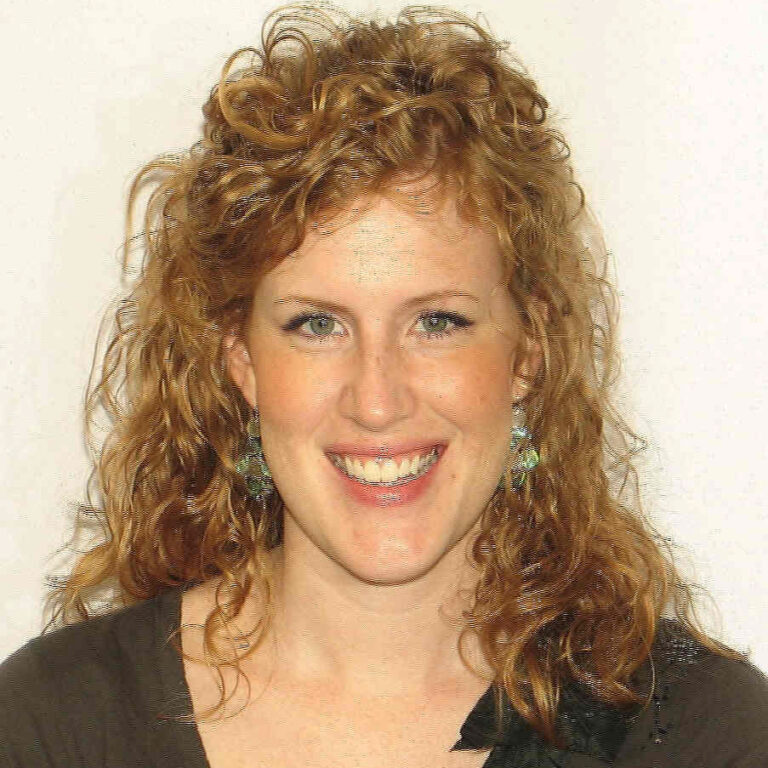by Rebecca Koerselman
It’s the twenty-first century and Americans have realized that racism is bad. However, it seems a craftier, more subtle and elusive form of racism often takes a particular form.
One of these forms is religion. If we can all remember back to the 2008 presidential election, most of us will recall the strident voices calling then Senator Obama a Muslim. Other voices of the “birther” movement insisted that Obama was Kenyan and therefore not eligible to be president. Interesting accusations, especially when the evidence clearly confirmed an American-born and Christian Barack Obama.
Many writers and scholars pointed to this “othering” as a subtle form of racism. Most Americans, though not all, would be uncomfortable using racial slurs to refer to presidential candidate Obama. Calling Obama a Muslim, however, was another way to attach a negative label to him without saying something explicitly racial. For me, the most interesting part about the accusations of Obama as a Muslim during the 2008 presidential campaign was the fact that that label persisted, despite all evidence to the contrary.
When gauging someone’s religion, one key factor is self-identification. What religion does the person identify as? It is not the only way of identifying someone’s’ religious tradition or affiliation, but it certainly is a significant one. The other way of assessing someone’s religious tradition or affiliation is to examine their beliefs (theology, doctrine), along with their practices (what they do, how they treat other people and act in the world). By all accounts, no evidence pointed to candidate Obama as a Muslim. Yet the accusations persisted. People will believe things without evidence, of course, but usually they need a good reason.
Thoughtful writers during the 2008 campaign suggested that this dogged insistence on Obama being a Muslim was just a craftier form of racism. Instead of being “other” explicitly because of his race, people who believe(d) President Obama to be a Muslim were able to maintain a negative association of Obama based on religion.
When I teach about the history of immigration in America, I’ve noticed that the general narrative of immigration is one of xenophobia and racism. In the nineteenth century, racism toward the Chinese and Japanese was clear and explicit. Racism toward the Irish, the Italians, the Eastern Europeans, and the Jews was also strongly expressed. For many of us in the twenty-first century, it is hard to imagine this sort of xenophobia towards “white” Europeans. Many of my students assume that in the aftermath of the Civil War and Reconstruction, the black/white dichotomy would have been the most important and pressing racial distinction in the US. In this political cartoon from the magazine, PUCK in 1882, Uncle Sam’s Boarding house shows a mix of many races, but the Irishman is the most obnoxious and problematic.
 The more time I spend reading about immigration and teaching it, the more I am convinced that it was not just race or ethnicity of the immigrants that many “native-born” white Americans resented. The perceived foreignness of these immigrants had as much to do with their religious differences as any ethnic and racial differences. In the twenty-first century, many of us are surprised that Catholics and Protestants were ever considered such vastly different religious traditions. But for many native-born Americans in the nineteenth century, anything outside of Protestant Christianity was suspect.
The more time I spend reading about immigration and teaching it, the more I am convinced that it was not just race or ethnicity of the immigrants that many “native-born” white Americans resented. The perceived foreignness of these immigrants had as much to do with their religious differences as any ethnic and racial differences. In the twenty-first century, many of us are surprised that Catholics and Protestants were ever considered such vastly different religious traditions. But for many native-born Americans in the nineteenth century, anything outside of Protestant Christianity was suspect.
Rather than simple and overt racial categories, non-Christian religious traditions have been used to judge people negatively throughout US history.
Can American Christians distinguish religious differences from racial prejudices? Or will racial prejudice continue to use religion as a more subtle way to shade the way we treat one another?
Rebecca Koerselman teaches history at Northwestern College.

